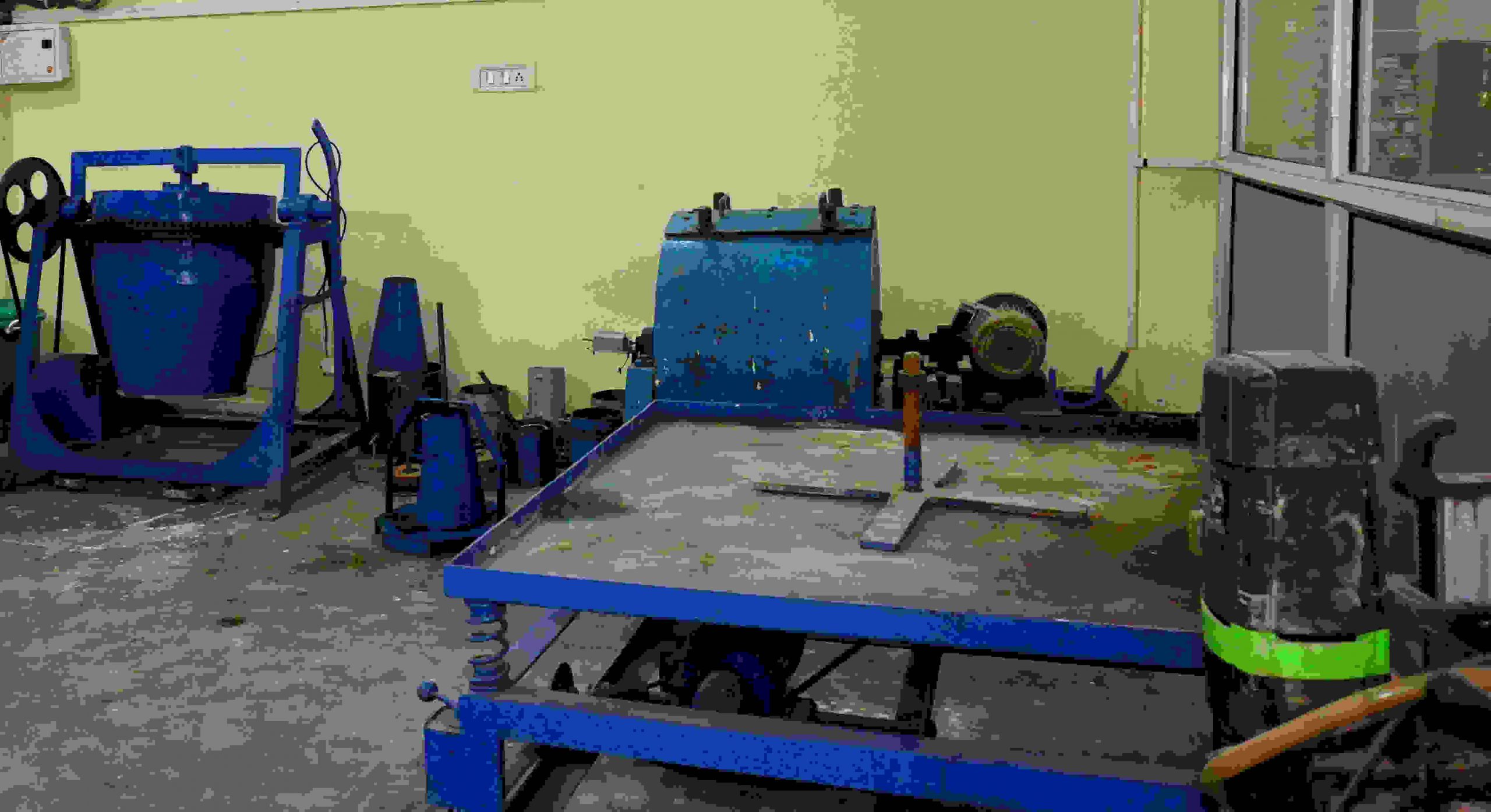Non Destructive Testing
Destructive testing is not always the choice as non destructive testing is also needed after the construction of the structure. Non destructive testing (NDT) is a wide group of analysis techniques used in science and technology industry to evaluate the properties of a material, component or system without causing damage. The main advantage of NDT is that the sample can be used even after the test. STL provides non destructive testing facilities both at the laboratory as well as at onsite. STL provides the Non destructive testing facilities to its clients and has following NDT testing facilities :

NDT Testing for Concrete
Rebound hammer :
Rebound hammer test is done in order to find out the the compressive strength of the concrete by using rebound hammer as per IS: 13311(part 2) – 1992.
Ultrasonic Pulse Velocity test
Ultrasonic pulse velocity is one of the method of testing concreter on site. UPV test is conducted to deterimine the voids and cracks in the the hardened concrerte. It measures the the time of the travel of an ultrasonic pulse passing through the concrete which is generated with the help of a pulse generator and is recieved by a pulse reciever. It is an ideal method for the ensuring that the concrete is uniform. STL provides facility for the onsite UPV test.
NDT Testing for Metal welding
Radiography:
This is an expensive technique compared to the other non destructive techniques and is predominantly used to detect internal flaws in casting and weldments. This technique involves the use of penetrating gamma or X radiation to examine the parts and products for imperfections. Radiation is directed onto a film and possible imperfections are shown as the density changes in the film inthe same manner as an X-ray shows broken bones. STL provides facility of radiography.
Ultrasonic Test
Dye Penetration Test
Magnetic Particle Inspection
